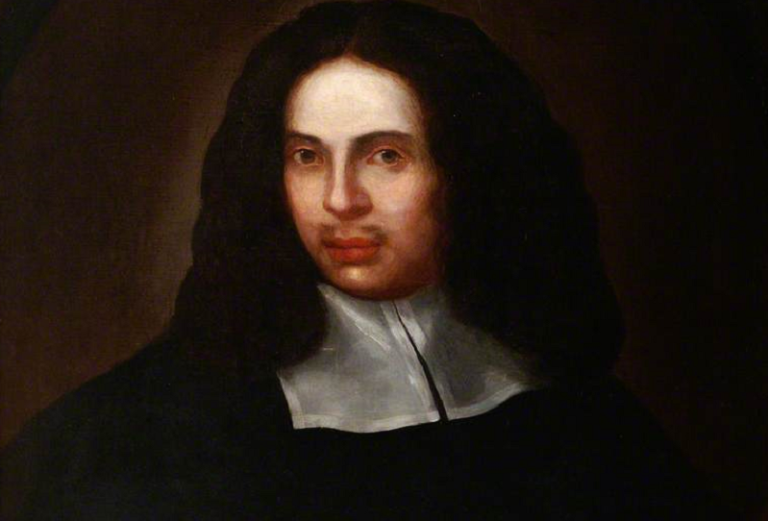Bishop Robinson

John Robinson, Bishop of London 1713-23
The coat of arms was made and installed in this room by Bishop Blomfield in his 1830s restoration of the Palace’s rooms. Like many Bishops of London, Blomfield was a great historian and reflected back on Bishops he admired during his refurbishments.
John Robinson (b.1650-d.1723) was a diplomat for nearly 30 years before returning to Britain in 1709, and was largely based in Stockholm in Sweden.
On his return to Britain, Robinson was appointed Dean of Windsor and of Wolverhampton. In 1713, as Bishop of Bristol and Lord Privy Seal, Robinson negotiated and signed the Treaty of Utrecht, ending the War of Spanish Succession.
The treaty also granted a 30 year monopoly – the Assiento de Negros – for British ships under the aegis of the South Sea Company to transport enslaved Africans to the Spanish ‘colonies’ in the Americas, including the Caribbean, where they worked the mines and tobacco and sugar farms.
The monarchs Louis XIV of France, his grandson Philip V of Spain and the British Queen Anne signed the treaty.
Unlike King William before her, Queen Anne thoroughly approved of the trade in enslaved Africans. She wanted to “gain for England a larger share in the international slave trade” and fought to gain the Assiento from France during negotiations over the Treaty of Utrecht in 1712.
As a consequence of the treaty and Charles II’s earlier acquisition of the forts on the African coast, England transported more than half of the slaves sent to all of the New World by mid-century.
As soon as he became Bishop of London, Robinson sat on the Barbados committee, a part of the Society for the Propogation for the Gospel in Foreign Parts (SPG) which sent missionaries to the British ‘colonies’ to convert people to Christianity.
Bishop Robinson recommissioned Bishop Compton’s commissaries and sent new ones to Maryland, South Carolina, Barbados, Jamaica, and Leeward Islands between 1716 and 1719.
Robinson died in Hampstead and is buried at All Saints Church, Fulham.

